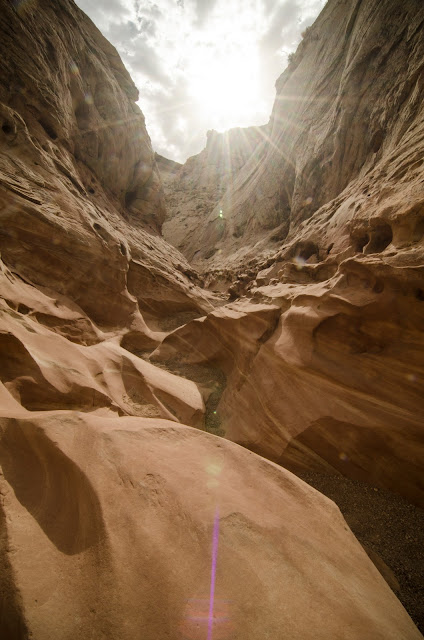There is something to be said about photographic technique, mechanics, and style. But when shooting action sports none of that is going to do you any good if your athlete is sub par. Over the years I have had the opportunity to shoot with great athletes and terrible ones. I decided to put together three key things I look for when choosing who to go out and ski/climb/run/whatever with when shooting using a close friend of mine, Jer Valentiner, as an example.
 |
| While he was living in Boulder, CO we went for a hike around Berthoud Pass to get this shot. |
First of all, your athlete/model must know what they are doing. This should seem obvious, but I wanted to put it out there anyway. I have some great photos of crappy skiers that will never be used anywhere because of the awkward position of their arms or something silly like that. Now don't get me wrong here - I am not saying you should only shoot professionals. Instead, go out with some friends that can really get it done. Jer and I got into backcountry skiing and climbing together. We communicate very well with one another. In fact, I would say that I work better in the backcountry with Jer than with anyone else. He is not a professional athlete, but he sure can ski. He has a beautiful telemark turn that photographs really well. Some of the earliest pictures I had published were taken of him just while we were out skiing before class (or sometimes during class). Your athlete doesn't need to be a pro, but they do need to be good. You need to know that when he/she gets into position in that perfectly composed shot you have worked for that they are going to look like they know what they are doing and look good doing it.
Your athlete needs to be psyched to have their picture taken. I have some ski partners that are amazing skiers or mountaineers that I don't even bother shooting because they are not patient enough to wait for the shot. They just want to ski. That's fine, but they aren't going to be high on my list next time I want to go shoot a ski trip or mountaineering objective. On the other hand, Jer loves to have his picture taken. He is amped to be out there in front of the camera. He always calls me before we head out to ask what he should wear, what skis to use, etc. He understands that these things are important to a solid photograph and is willing to do what it takes to get it. Simple things like that mean he is the first one I call when it is time to get out and do something rad.
 |
| Jer. In silhouette form. Working hard. |
3. Willing to Work to "Get the Shot"
A great photo is hard work. Sometimes we get lucky and just happen to shoot when things align perfectly. But you can't build a career on luck. Instead, you need to work to create that luck. Sometimes it means waking up at ungodly hours to get to the right spot at the right time. Sometimes it means hiking even further to get in position once you have scoped the shot. Whatever it is, your athlete needs to be into it. This has never been a problem with Jer. The psyche to have his photograph taken extends to waking up earlier, walking further, making that right-handed slash turn in exactly the right place, skiing a different line, cutting that line short, whatever. This is such an important aspect of having a good photo athlete. Without it you are going to have great compositions with average movement through them.
 |
| Aside from his stoic appearance in this photo, he is actually quite the pleasant person to be around. |
I have worked with many great skiers, climbers, runners, hikers, and more over the years, but I chose Jer to highlight here because I think he is someone that really hits all of these points so well without being a paid professional. He is a great skier that loves to be in front of the camera and is amped about working hard to get the shot. I think he loves to be published, but more than that I think he is just a super supportive friend that is happy to get the occasional printed photo in the mail or mention on the blog (here you go, Jer).
Consider these three points when you plan your next trip, shoot, expedition, whatever. You will be glad you did.
Consider these three points when you plan your next trip, shoot, expedition, whatever. You will be glad you did.
















































